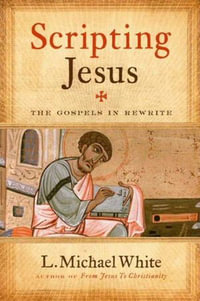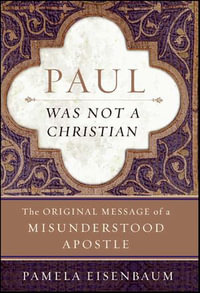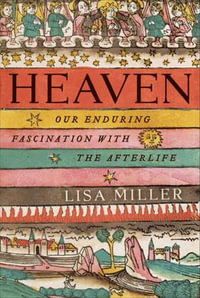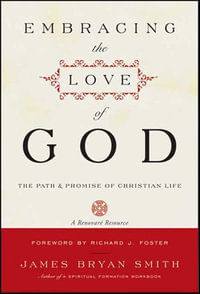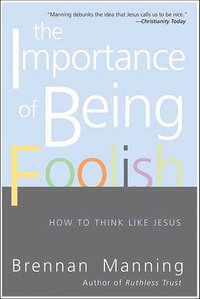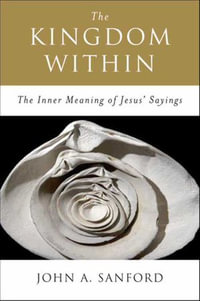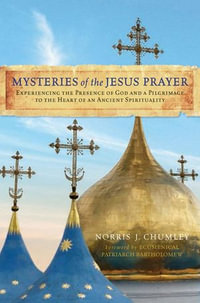Dante Alighieri's Inferno, the first part of his monumental work Divine Comedy, is more than just a journey through Hell; it is a divine architecture, a meticulously designed moral edifice, where each sin finds its rightful punishment in an eerily structured, eternal landscape. When one enters Dante's Hell, it is not simply a place of suffering but a manifestation of divine justice, a living, breathing model of retribution—a blueprint for human morality and immorality.
At its core, Dante's Inferno is both a theological and philosophical treatise, shaped by the intellectual currents of the 13th and 14th centuries, particularly those related to medieval Christian thought, Aristotelian ethics, and the scholastic tradition. Dante, a poet who lived through the political and religious turmoil of medieval Italy, draws upon the teachings of thinkers such as Thomas Aquinas, who championed the idea that divine justice is not arbitrary but reflects a perfectly ordered cosmos. Aquinas' Summa Theologica provides a framework for understanding how sin, virtue, and punishment are intertwined in Dante's vision. Aquinas argued that the soul, in its fallen state, must undergo purification through suffering or repentance before it can enter divine peace. In Inferno, Dante reflects this by constructing a Hell where each torment is proportionate to the gravity of the sin committed.
The use of an architectural metaphor to describe Hell is not unique to Dante. The ancient Greek concept of cosmic justice, exemplified in Plato's Gorgias and Aristotle's Nicomachean Ethics, suggests that the moral order of the universe demands that actions have consequences, an idea that echoes throughout Inferno. However, it is Dante who transforms this abstract idea into a tangible, physical structure. The nine circles of Hell are not arbitrary but are arranged according to the severity of sin, each more isolated, more grotesque, and more horrific than the last, leading to the ultimate punishment of betrayal in the frozen abyss of the ninth circle. This hierarchical ordering of punishment reflects Dante's understanding of sin as a graduated offense, where those who sin against God and humanity in greater ways face the gravest consequences.






